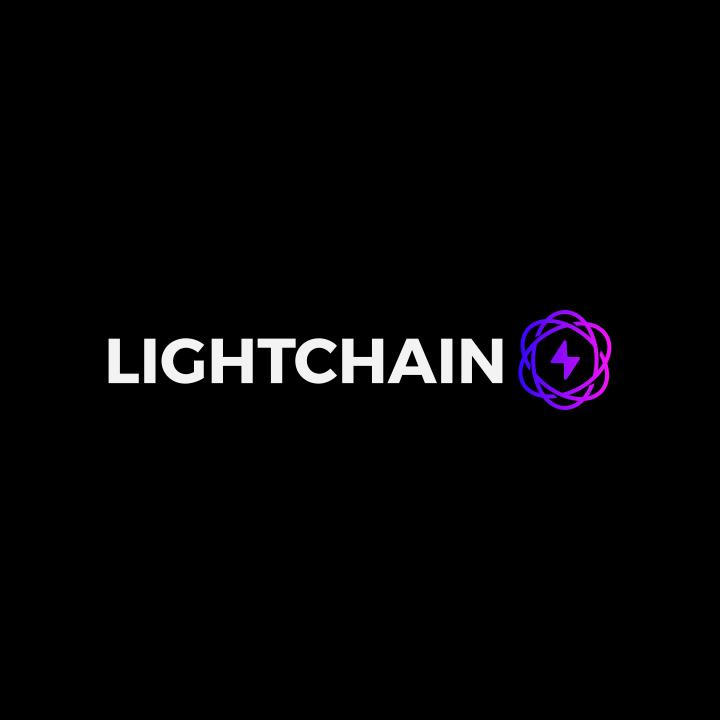
AI-Blockchain Convergence Ignites $80+ Million Funding Wave as Market Enters New Phase
AI-Blockchain Convergence Ignites $80+ Million Funding Wave as Market Enters New Phase
Behind the Billions: How Selective Capital is Reshaping the AI-Crypto Landscape
A group of investors has just closed a $21 million funding round for Lightchain AI. This scene has played out with increasing frequency across the tech investment landscape, as capital flows accelerate at the intersection of artificial intelligence and blockchain technology.
"We're witnessing the formation of a new technological paradigm," notes a veteran Silicon Valley venture capitalist who requested anonymity due to ongoing negotiations. "The days of throwing money at projects with a whitepaper and a token are over. Today's investments require demonstrable technical edge and clear paths to revenue."
Recent funding data reveals this new selective approach. In the past 60 days alone, more than $80 million has flowed into projects combining AI capabilities with blockchain infrastructure. Lightchain AI leads the pack with over $21 million raised across 15 structured presale stages, culminating in a Final Bonus Round offering tokens at $0.007125—implying a fully diluted valuation of approximately $71 million.
The Technical Arms Race: Infrastructure Dominates Deal Flow
What distinguishes this funding cycle from previous crypto booms is the overwhelming focus on infrastructure rather than applications or speculation.
Gradient Network secured $10 million in seed funding to build a decentralized AI runtime on Solana, with backing from heavyweight investors Pantera and Multicoin Capital. Interface Labs raised $6.3 million for its crypto trust layer using zero-knowledge proofs for AI agents. These investments signal a market-wide pivot toward solving fundamental technical challenges.
"The technical barriers to entry are enormously high," explains an analyst from a major crypto research firm. "Projects without a genuine technical moat won't survive the next 18 months. We're looking at computational efficiency, cross-chain interoperability, and real-world utility as key differentiators."
Beyond the Hype Cycle: Why Smart Money is Moving Now
The current surge in funding doesn't merely represent a return to bullish market conditions—it reflects a fundamental shift in how investors evaluate opportunities at the AI-blockchain nexus.
Crypto venture capital hit $4.9 billion in Q1 2025, a 40% quarter-over-quarter increase and the highest since late 2022. More tellingly, early-stage deals accounted for $1.7 billion, with AI-linked infrastructure growing fastest among all categories.
This renewed confidence stems from several converging factors. Regulatory frameworks like the proposed GENIUS Act are bringing much-needed clarity to the space. Major cryptocurrencies have stabilized, providing a more predictable environment for builders. Perhaps most importantly, the technological thesis has sharpened: AI brings automation and intelligence, while blockchain offers transparency, ownership, and decentralized trust.
The Double-Edged Sword: Promise and Peril of the Convergence
While investor enthusiasm runs high, the integration of these technologies presents substantial challenges.
Both AI and blockchain are resource-intensive, creating potential scalability bottlenecks and environmental concerns. The fundamental architectural differences—AI's centralized, compute-heavy nature versus blockchain's decentralized design—make seamless integration technically challenging.
"We're still in the early days of understanding the trade-offs," says a researcher who advises institutional investors on emerging technologies. "The projects that acknowledge these constraints and design around them, rather than promising impossible performance, are the ones gaining institutional backing."
The risk of regulatory intervention looms large as well. As one investment manager put it: "The question isn't whether these projects will face regulatory scrutiny, but when and how intensely. Smart teams are building compliance hooks directly into their protocols."
Valuation Reality Check: Where Smart Money Sees Value
The comparative valuations across recent deals reveal a nuanced market that rewards technical innovation and regulatory foresight.
Lightchain's $71 million implied fully diluted valuation sits at a 97% discount to comparable projects like Bittensor ($3 billion FDV)—a gap that could close rapidly if the project delivers on its technical promises. Meanwhile, Gradient Network's estimated $40 million post-money valuation represents a substantial discount to similar infrastructures like io.net ($250 million FDV).
"The asymmetries are where the opportunity lies," notes a crypto fund manager. "We're seeing projects with proven technical teams valued at a fraction of their potential market impact. That's rarely been the case in previous cycles."
The Path Forward: Investment Strategies Amid Uncertainty
For investors navigating this landscape, a barbell approach may offer the optimal risk-adjusted returns. Overweighting liquid, time-boxed investments like Lightchain's Bonus Round tokens alongside illiquid but asymmetric equity plays like Inference Labs provides balanced exposure to the sector's growth.
"The days of spray-and-pray are over," emphasizes a digital asset strategist. "We're constructing portfolios with catalyst-driven exit timelines and strict performance thresholds. If a project doesn't demonstrate real-world usage metrics within 12-18 months post-launch, we're rotating capital elsewhere."
Due diligence has also evolved beyond tokenomics and team backgrounds. Sophisticated investors now demand independent technical audits of novel consensus mechanisms, comprehensive regulatory compliance frameworks, and clear paths to sustainable revenue generation.
Where the Market Heads Next: Five Bold Predictions
Industry analysts project that at least one AI-native Layer-1 blockchain will surpass $1 billion in fully diluted valuation by mid-2026—but only if it demonstrates composable fee markets that integrate with existing settlement layers.
Zero-knowledge proof-of-inference technologies are likely to become regulatory requirements for sensitive data applications in healthcare and finance by 2027, potentially driving acquisition interest from cloud incumbents.
"The winners in this space won't be determined by marketing or hype," concludes an industry observer. "They'll be the projects that solve real computational challenges, navigate the regulatory landscape skillfully, and deliver measurable value to users and developers."
For investors seeking exposure to this convergence, the watchwords are technical validation and liquidity timing. The current valuations suggest room for substantial upside, provided teams execute on their ambitious technical roadmaps.
Disclaimer: This analysis is based on current market data and established economic indicators. Past performance does not guarantee future results. Readers should consult financial advisors for personalized investment guidance.
